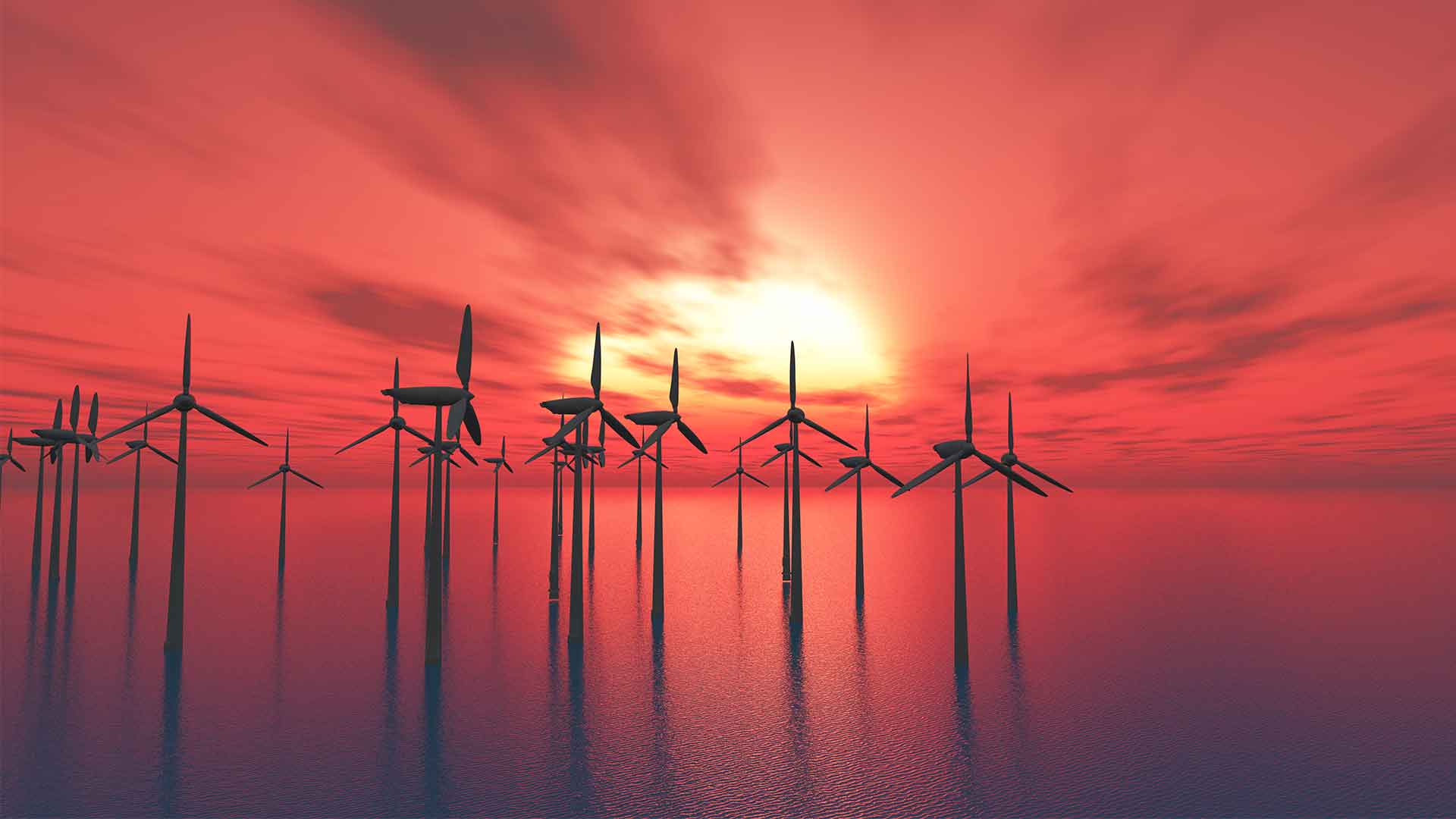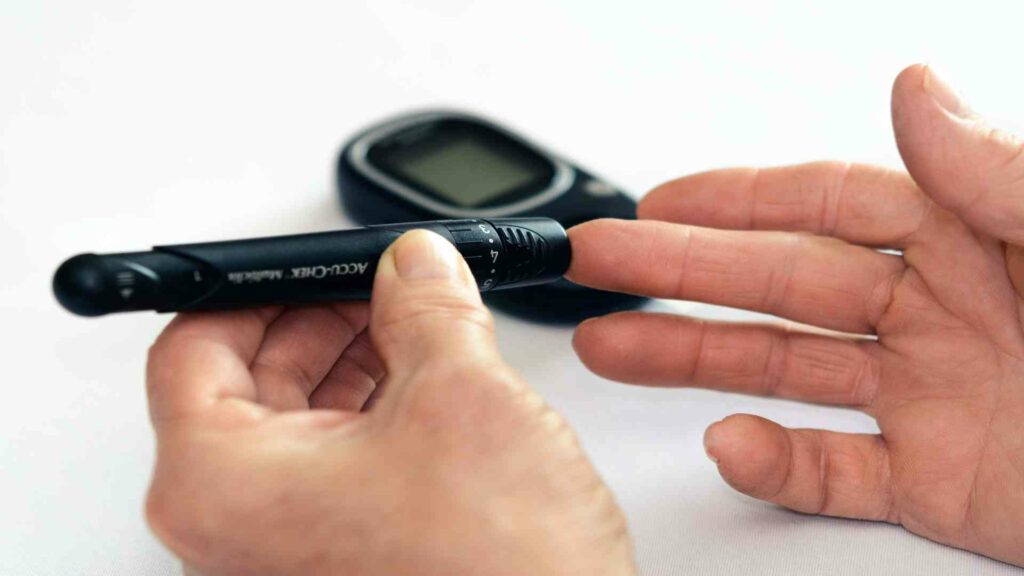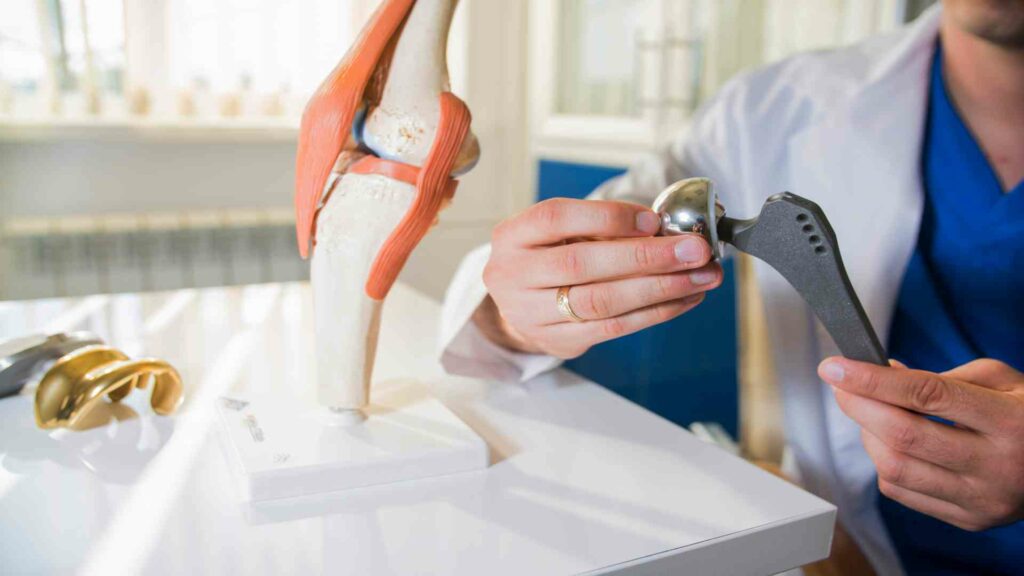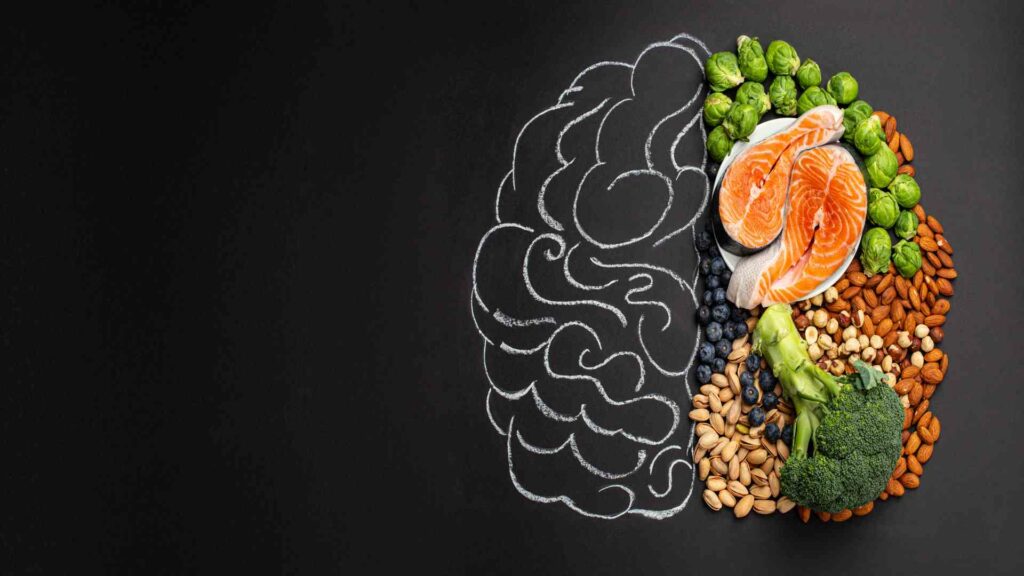Boron Global Strategic Resource
It may surprise Borates Today readers to know that Boron has only recently become recognised as boron global strategic resource in many countries. According to Mining Investment sources, Boron and borates are in demand given the metal’s multipole uses and benefits in driving green planet and advanced energy solutions. Global borates demand is expected to increase at 3% CAGR over the next five year to reach 2.65 Million tonnes (Mt) equivalent in 2023.

Strategic Resource
Why Boron is in Demand
Boron provides essential benefits in multiple uses and applications everywhere around us. At home, Boron provides insulation, cleans our kitchen surfaces and freshens our dirty linen. In the garden, it provide essential micronutrients for healthy growth and fights against fungal incursion in plants and woods.
In industry, Boron is increasingly a strategic ingredient in decarbonization by reducing carbon emissions. It also helps provide high power batteries for EV, and drives magnets in wind power as well as preventing radiation in nuclear power.
Research and innovation is finding new uses for different forms of boron including Boron Carbide. It is one of the hardest known materials, after cubic boron nitride and diamond. Its structure makes it appropriate for use in industrial machining – cutting tools, abrasives, in military applications – bullet proof vest, tank armour, gun coatings – and padlocks, and brake linings for vehicles. A recent ResearchAndMarkets.com report on the “Worldwide Boron Carbide Industry to 2027” predicts the global boron carbide market will grow at a CAGR of 3.7% over the forecast period from 2021-2027.
Perhaps one of the most exciting areas is in neodymium magnets, where boron-laden permanent magnets drive EV motors, wind power generators, and other devices.
Boron Drives Green Applications
The world is committed to going green and Boron can help. Borates are being used in solar photovoltaics and wind turbines to reduce emissions and provide alternative energy options.
Borates Today has written extensively about Boron’s applications in EV and advanced energy applications. It has great potential for use of boron in electric vehicles (EVs), and rechargeable batteries, attracting substantial industry attention in Boron.
Electrical energy needs to be stored efficiently and demand for Boron is riding high with its presence in many electrical capacitors. Boron is found in aluminium-plate electrical capacitors for instance.
In supercapacitor technology, boron is present as a trace element in an electrolyte allowing 10 times more charge to be stored than in traditional batteries with more durability. This is an exciting development helping EV manufacturers to offer more attractive EV product offerings and expand demand for EV vehicles.
Boron is also being touted as a potential replacement for lithium rechargeable batteries given its higher energy density.
In terms of operating temperature, Boron can withstand high temperatures without melting, a major advantage over other battery metals.
Research is also ongoing into hydrogen-boron fusion, which has the potential to take advantage of plentiful supplies of both elements to provide clean, hyper-efficient energy sources at lower cost
Market Movements
All the above points to a surge in demand for Boron as the next big technology metal. Who will supply Boron to meet all this burgeoning demand?
American Pacific Borates Limited (ASX:ABR) is a company garnering a lot of attention with its commitment to extract and provide Boron resources at its Fort Cady operations in California.
According to ABR, pricing for boric acid has risen to US$900 per kilogram. This is 20% more than the US$750 per kilogram used in past studies. ABR has recently signed a letter of intent with Borman Specialty Materials to supply boron specialty advanced material from its Fort Cady Integrated Boron Facility, California, U.S.A.
Henri Tausch, American Pacific Borates CEO, confirms that the company has entered into a binding agreement for the supply of boric acid and other boron specialties to satisfy demand in sectors including aerospace, military, life sciences and automotive markets as highlighted above.
Besides these sectors, ABR CEO, Tausch, goes on to explain why the Boron market is in an exciting transition period:
“The focus remains on high-margin and high-performance boric acid-derivate products that support global strategies for decarbonization, including the electrification, clean energy production, and food security.”
Boron and Food Security
A third pillar of demand for Boron besides Decarbonization and Advanced Energy is Food Security. Plants need boron for growth, while humans need borates for human health to prevent arthritis, cancer, and provide general nutrition essential for a healthy lifestyle.
In agriculture and food production, around 20% of the future market for Boron will be for fertilizers – Boron is the second-most-used micronutrient in North America. And as China and India continue to grow and urbanize, they will consume more and more products that contain boron.
What is Boron and What are Borates?
Borates are naturally occurring minerals that contain boron (the fifth element on The Periodic Table). Boron is everywhere around us, in rocks, soil and water. Boron is also needed by plants to grow. Borates are also important for healthy eating habits and as an ingredient in many products that provide a high standard of living.
Historically, Borates, have been and continue to be an important ingredient in enamel and ceramic glazes. They are integral to attaching glazes and enhancing their durability. Manufactures of glass, ceramics and clays can increase productivity and decreasing energy consumption.
Borates improve the mechanical strength and resistance to chemicals, heat, water, and thermal shock. The majority of global borates consumption is in glass manufacturing, which accounts for over 50% of the market. It is made up of fibreglass (both electronics and insulation) and borosilicate.





